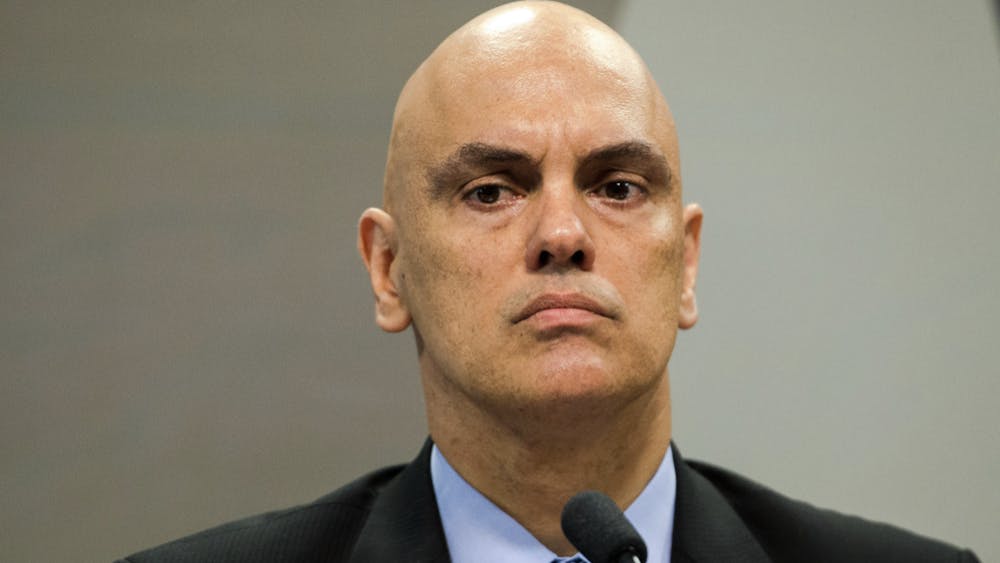I never thought I could feel sorry for a murderer. But, sitting across from Anthony, I did not see a convicted killer. Instead, I looked into the haunted eyes of a forgotten kid trapped in a perpetual cycle of abuse, drugs and violence. I saw regret across the face of a young man who, as a scared 16-year-old, had made a colossal mistake. Molested as a child and brought up in a family of drug dealers and gangs, the world had done Anthony no favors. When he was found guilty of manslaughter in an accidental car shoot-out, Anthony began to serve his sentence at San Quentin, which is a maximum-security prison and one of California’s oldest and best-known correctional institutions. During my sophomore year of high school, I visited this prison. The experience fundamentally transformed my perception of incarceration and highlighted the perilous cracks in the justice system. I realized that we ostracize and stigmatize prisoners to such an extent that we no longer see them as human beings worthy of dignity or respect. Consequently, I began to see the ramifications of Americans’ misguided and preconceived notions of “scary” populations. I saw these “hopeless” populations as men in dire need of rehabilitation, rather than purposeless punishment.
The most obvious sign of our broken criminal justice system is the United States’ dangerously high recidivism, or re-arrest, rate: “76.6% of prisoners are rearrested within five years” (Harvard Political Review). Evidently, our systems are acutely ineffective if the vast majority of prisoners are back in jail within five years. On the contrary, when an inmate leaves prison in Norway, they are extremely unlikely to return. Norway has an impressively low re-arrest rate at 20% (Harvard Political Review). But, the Norwegian prison system more closely resembled ours until the 1990s when the country abandoned punitive measures and adopted restorative justice. Norway’s recidivism rate dropped from a staggering 60-70% to the incredibly impressive 20% (Borgen Project). With these blatant statistics highlighting the incontrovertible failures of our systems, I could not fathom why American attitudes frequently trend toward implementing more and more disciplinary measures. An overemphasis on “law and order” politics cloaks the simple facts of recidivism rates in our country. So, what accounts for the vast difference in recidivism between the U.S. and a place like Norway? It’s the rehabilitation practices of restorative justice that encourage reintegration. Restorative justice is “an approach to justice that seeks to repair harm by providing an opportunity for those harmed and those who take responsibility for the harm to communicate about and address their needs in the aftermath of a crime” (Department of Justice, Canada).

During my junior and senior years of high school, I interned with the California Reentry Institute (“CRI”). CRI uses cognitive-behavioral therapy and restorative justice to help inmates at San Quentin Prison become safe contributing members of society. I learned about the power of intensive trauma-informed empathy workshops, and how understanding why you committed a crime is an essential component of legitimate accountability. Formerly incarcerated men who went through this restorative justice experience attest to its success, stating that “understanding anger, abandonment and anger management, I now understand how to cope, control and release my anger in manners that don’t harm or hurt others” (California Reentry Institute). Anthony, the first inmate I ever spoke to, has spent his time in prison reforming himself and through restorative justice, he had the opportunity to apologize to his victim’s family. Through restorative justice, the victim and/or their family share with the offender how their lives have been impacted, and can ask the offender any questions. Restorative justice helped Anthony understand his childhood hurt, and transformed his pain into a journey of healing. While it might seem that restorative justice is too soft on crime, it creates quite the opposite effect. During interviews with incarcerated men, “a common theme was how their focus when they entered prison was on survival, not reflecting on the actions that had brought them here” (The New York Times). If we want to stop offenders from committing the same crimes over and over again, they have to understand why they are in prison, who they hurt and how they can move forward.
Restorative justice is the conduit through which we can reform the prison system. Most modern criminal justice systems focus rather narrowly on a crime, a lawbreaker and a punishment. But, the idea of restorative justice strives for reconciliation from all those harmed and concerned: the community, offender and victim. Everyone participates, and everyone is heard. Ultimately, if we want to reduce our disturbingly high recidivism rate, restorative justice is our clear path forward.
Libby Eggemeier, a sophomore living in McGlinn Hall, studies History and Romance Languages. She currently serves as Director of Marketing for BridgeND.
BridgeND is a multi-partisan political club committed to bridging the partisan divide through respectful and productive discourse. It meets on Tuesdays at 5 p.m. in Duncan Student Center W246 to learn about and discuss current political issues and can be reached at bridgend@nd.edu or on Twitter @bridge_ND.
The views expressed in this column are those of the author and not necessarily those of The Observer.
BridgeND is a multi-partisan political club committed to bridging the partisan divide through respectful and productive discourse. It meets bi-weekly on Mondays at 7 p.m. in Duncan Student Center to learn about and discuss current political issues and can be reached at bridgend@nd.edu.












